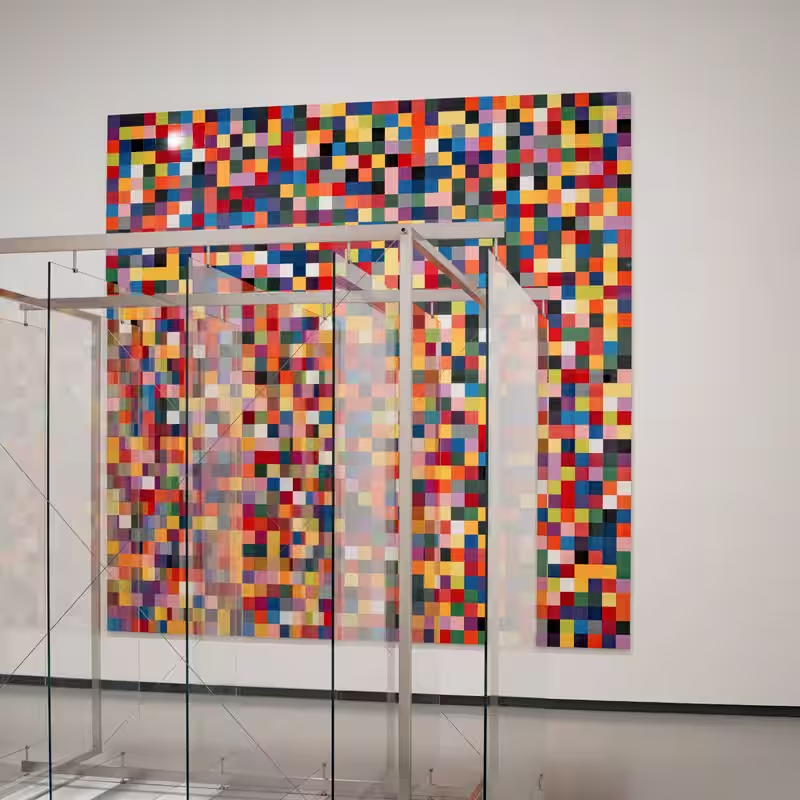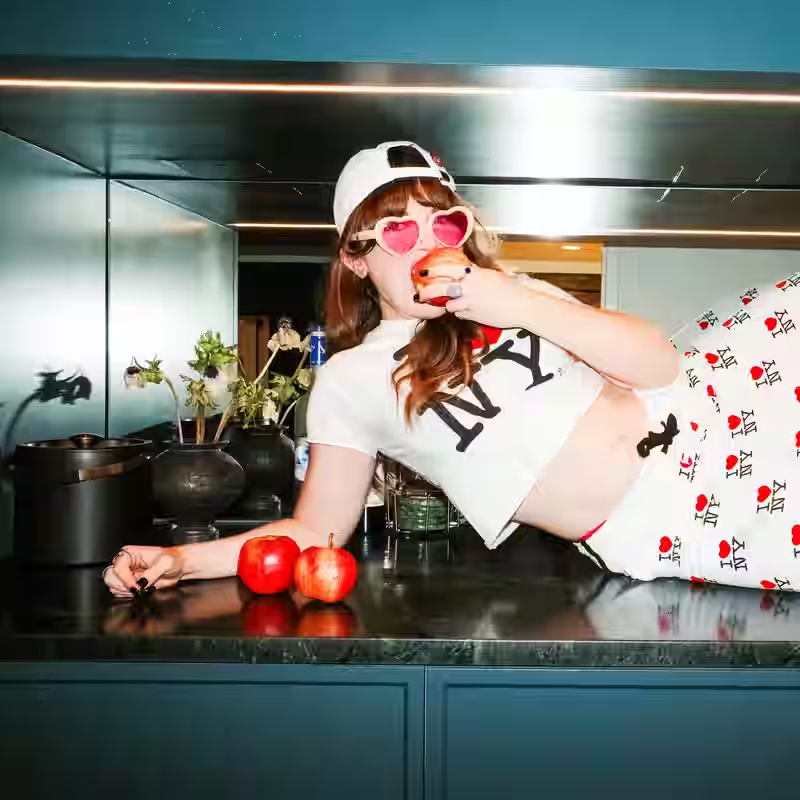Table of Contents
- A Career Spanning Six Decades
- What Makes This Exhibition Unique?
- The Question Behind Every Brushstroke
- Why Paris Is the Perfect Stage
- Sources
Gerhard Richter: A Career Spanning Six Decades
At 93, German artist Gerhard Richter has declared his painterly journey complete—and Paris is giving it the grand farewell it deserves. The Fondation Louis Vuitton has unveiled a sweeping retrospective that brings together 275 works across 34 rooms, offering an unprecedented look at one of the most enigmatic figures in modern art.
Richter, who numbered his final painting as “952” in 2017, has long resisted easy categorization. His body of work defies linear progression, shifting effortlessly between photorealism, abstraction, portraiture, and conceptual experimentation. This exhibition doesn’t just showcase his range—it invites viewers to ask, alongside Richter himself: What is an image?
What Makes This Exhibition Unique?
Unlike conventional retrospectives that march chronologically from early sketches to late masterpieces, Richter’s show at the Fondation Louis Vuitton embraces his artistic contradictions. Visitors encounter blurred family portraits next to explosive abstract canvases, delicate drawings beside monumental glass sculptures.
The curation reflects Richter’s own philosophy: art isn’t about answers, but about persistent questioning. Even his decision to declare his painting practice “complete” adds a layer of finality that deepens the emotional weight of each piece on display.
Key Highlights of the Exhibition
- Early Works: Paintings from his time in Dresden under communist rule, revealing the roots of his visual skepticism.
- Photo Paintings: Haunting renderings based on newspaper clippings and family albums, blurred to evoke memory and uncertainty.
- Abstract Periods: Vibrant, layered canvases created with squeegees—his signature technique that merges control and chaos.
- Recent Drawings: Intimate graphite works that show Richter’s continued exploration of form, even after stepping away from paint.
The Question Behind Every Brushstroke
“What is an image?” isn’t just a rhetorical musing for Richter—it’s the engine of his entire practice. Born in 1932 in Dresden, he lived under both Nazi and Communist regimes before escaping to West Germany in 1961. That history of ideological control over truth and representation shaped his deep suspicion of images as objective records.
His blurred portraits, for instance, aren’t stylistic quirks—they’re visual metaphors for the unreliability of memory and media. His abstracts, meanwhile, reject narrative entirely, focusing instead on color, texture, and chance.
As one curator noted, “Richter doesn’t give you what you expect. He gives you what you didn’t know you needed to question.”
Why Paris Is the Perfect Stage
The Fondation Louis Vuitton, designed by Frank Gehry, is itself a sculptural marvel—its glass sails and fluid spaces echoing Richter’s own interplay between structure and spontaneity. Located in the Bois de Boulogne, the venue offers both grandeur and intimacy, mirroring the dualities in Richter’s work.
For art lovers, this exhibition is more than a retrospective—it’s a rare chance to witness the full arc of a mind that redefined what painting could be in the postwar era. And with Richter now focused solely on drawing, this may be the last time such a comprehensive collection of his paintings is assembled.
Sources
The New York Times: “Looking at the Unseeable With Gerhard Richter”



